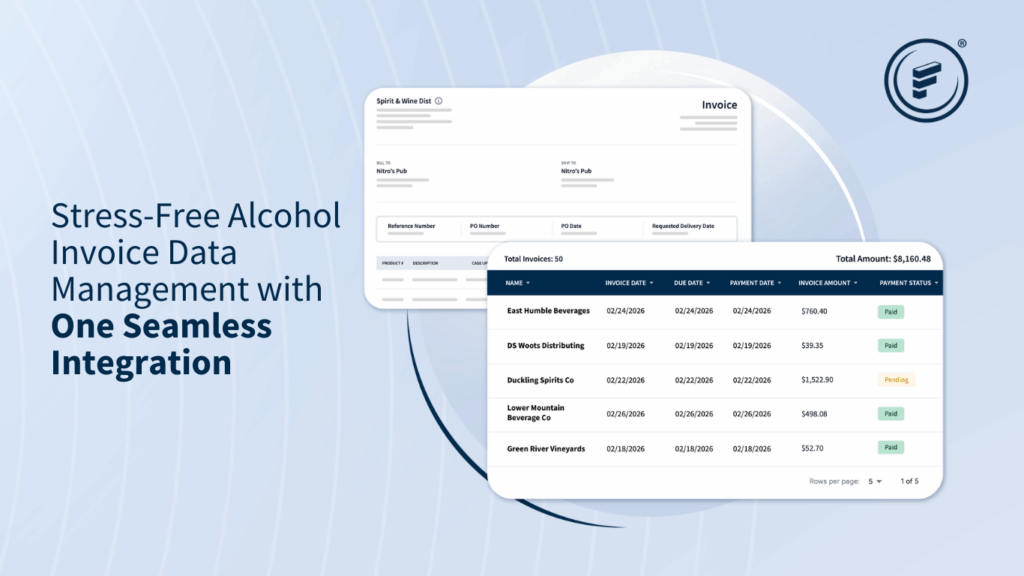The brick-and-mortar retail landscape is undergoing a seismic shift. Consumer expectations are evolving, digital competitors are growing, and the pressure to maintain profitability is relentless. For brick-and-mortar retailers, staying competitive in this environment means rethinking traditional business models. Enter scan-based trading (SBT) – a consignment selling model that offers a blueprint for resilience and relevance in a rapidly changing market. By focusing on what makes physical stores unique, these approaches can reduce risks, increase agility, and enable retailers to redefine their role in the modern shopping experience.
What is SBT and How Does it Work?
Scan-based trading is a retail arrangement in which suppliers retain ownership of products until they are scanned at the point of sale. Unlike conventional models, where retailers buy inventory upfront, SBT provides a shared financial burden of unsold, damaged, or stolen goods with the supplier. Think of it as a pay-as-you-sell approach that enables retailers to stock shelves without carrying the financial risks of overstocking or having outdated inventory compared to a traditional buy-sell approach in which retailers are on the hook for expensive upfront inventory costs.
Since retailers don’t own the inventory outright, they act as intermediaries between suppliers and consumers, working in harmony to reduce the capital tied up in stock. This model better allows retailers to focus on their strengths – offering exceptional customer experiences, harnessing customer engagement to boost popular products that sell, and leveraging the trust they’ve built with their audiences over time.
The Asset-Light, Experience-Heavy Advantage
Traditionally, brick-and-mortar stores have relied on inventory-heavy models that require significant capital investment. But as consumer priorities shift toward convenience, personalization, and value-add experiences, this model is becoming increasingly outdated. SBT enables retailers to transform into asset-light businesses that operate with more flexibility.
This evolution allows brick-and-mortar stores to lean into their natural advantages. A well-curated physical shopping environment, complemented by knowledgeable staff and tactile experience of touching and trying products, provides brick-and-mortar retailers with a competitive edge that e-commerce players can’t replicate. And while digital retailers compete on price and delivery speed, brick-and-mortar stores can differentiate themselves by creating memorable in-store experiences – something that the SBT model enables by easing the financial pressure of hefty inventory investments, both with upfront purchasing and holding costs.
Prioritizing Customer-Centricity for Long-Term Success
The key to thriving in today’s market isn’t just reducing costs, it’s putting the customer at the center of every decision. With SBT, retailers are freed from inventory concerns, which allows them to double down on personalization, service, and community engagement. For example, staff can be trained to provide expert advice instead of spending time managing inventory. Stores can allocate space for experiential zones rather than endless product displays.
The physical store is a theater of engagement. From seamless checkout to tailored recommendations, retailers can turn shopping into an experience, deepening brand loyalty. With more cash not tied up in inventory holding costs, retailers can invest more resources into enhancing these experiences. Whether offering exclusive in-store promotions, hosting workshops or events, or upgrading omnichannel integrations, retailers can focus on what makes them distinctive rather than sinking money into excess stock.
Prioritizing customer-centricity also creates opportunities for innovation. Unbound by the constraints of inventory-heavy strategies, retailers can experiment with pop-up stores, collaborations, and limited-edition offerings that surprise and delight customers. These moments of delight reinforce customer loyalty and position brick-and-mortar stores as irreplaceable parts of the shopping landscape.
The Resilient Future of Brick-and-Mortar Retail
The future of retail belongs to those who adapt. SBT offers brick-and-mortar stores an opportunity to redefine their roles – not merely as places to purchase goods, but as hubs for experiences, communities, and innovation. By reducing inventory risks and focusing on their unique strengths, retailers can build a resilient model that aligns with modern consumer desires and competitive pressures.
Agility, flexibility, and a focus on customer experience will be the keys to survival and success. Brick-and-mortar stores that adopt SBT today are not just protecting themselves against current disruptions; they’re positioning themselves as leaders in the retail landscape of tomorrow. SBT has the potential to become a foundational element of this transformation, proving that physical stores, when reimagined, can not only survive but thrive in the age of digital commerce.
Interested in SBT? Trust a dedicated outsourced team with Fintech SBT to help set up your business for retail success. You can learn more about Fintech SBT here.






